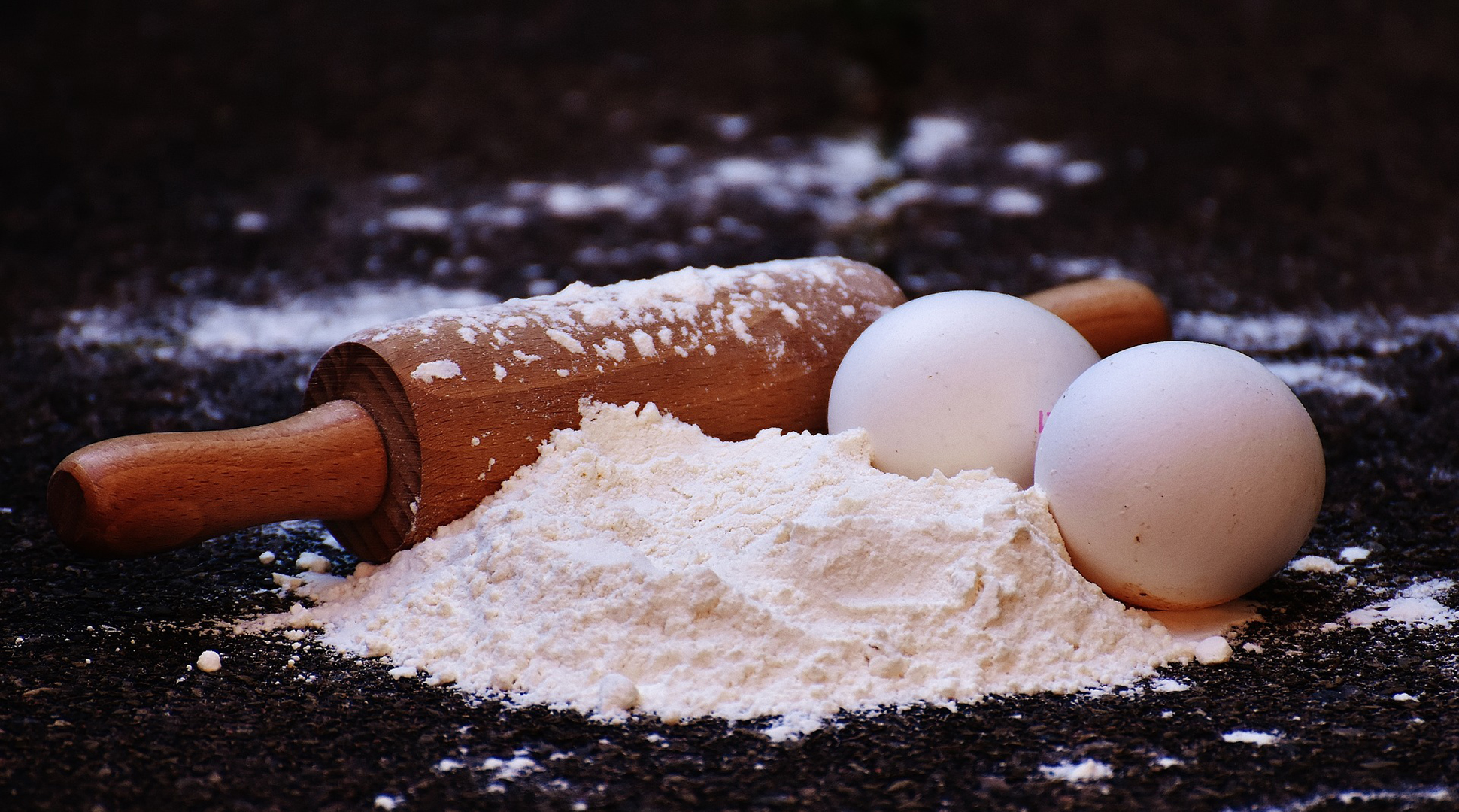Photo courtesy Alexas_Fotos on Pixabay
Our food is generally safe, so when you see something is pasteurized, it probably goes “past your eyes.” (See what we did there?)
But if you stop to think about the pasteurization process, it makes food safety sense.
Pasteurized milk. Pasteurized flour. Pasteurized eggs. When you read about harmful bacteria that can be in “raw” foods, the pasteurization process seems like a no-brainer.
So why aren’t all eggs and flour pasteurized?
We asked a food safety expert, North Dakota State University Extension food and nutrition specialist Julie Garden-Robinson, and this is what she said:
“I think the cost vs. benefit would be the reason not to pasteurize all eggs at the commercial level. Pasteurization of eggs would add cost. People expect eggs to be economical sources of protein, and pasteurized eggs often cost twice as much (or more) than unpasteurized eggs.”
Garden-Robinson says that not all eggs are contaminated with Salmonella, but they all should be handled safely. That means cooking the eggs thoroughly and avoiding cross-contamination in the kitchen.
“I recommend purchasing pasteurized eggs for use in recipes that call for raw eggs, such as eggnog or Hollandaise sauce. I also would recommend using pasteurized eggs if you have an old recipe for homemade ice cream using raw eggs that aren’t cooked in a custard.”
Garden-Robinson says that she has seen videos and directions for home pasteurizing eggs but hasn’t seen enough research on the safety of home pasteurizing processes to convince her the methods are safe and provide a high-quality end-product.
“Commercially pasteurized eggs are produced under carefully controlled conditions, with microbiological testing to ensure that bacterial counts have been reduced,” she said.
When it comes to flour, Garden-Robinson warns that raw flour is not a “ready-to-eat” ingredient.
“In 2016, General Mills recalled 10 million pounds of flour due to E. coli 0157:H7 issues, and 38 people were sickened. This led to raw – unheated – flour being one of the latest foods linked with potential foodborne illnesses.”
In fact, General Mills just recalled five-pound bags of Gold Medal unbleached flour for the potential presence of Salmonella on January 23, 2019 with a better if used by date of April 20,2020.
Garden-Robinson says heat treating and irradiation are two ways to destroy bacteria in flour, however heat treating can affect the baking properties of the protein that gives structure to bread.
“Treating with irradiation…adds expense and consumers may have a negative attitude toward irradiation,” she said. Furthermore, irradiation is considered a “food additive” so would need to be labelled as such on the food.
She also says that the United States currently doesn’t have the capacity to irradiate flour and that large food companies haven’t moved forward on it, probably due to cost and capacity.
While some Internet sources have provided heating processes to kill bacteria in flour, Garden-Robinson said, “I have not seen research that provides a standard consumer method. Will ‘baking’ flour for 5 minutes at 350 degrees really kill any bacteria present? Many factors go into ensuring that food is safe.”
She says the best option for handling eggs and flour safely is to follow basic food safety and sanitation measures in your home kitchen.
Wash your hands, surfaces and utensils thoroughly after being in contact with raw flour or eggs, cook eggs thoroughly and following safe cooking temperatures for meat and mixed dishes as well as baked good containing flour.
For more information, read Garden-Robinson’s “Tasting Cookie Dough is Hazardous for New Reasons” Prairie Fare.
Garden-Robinson also recommends this Home Baking Association food safety tips sheet.
